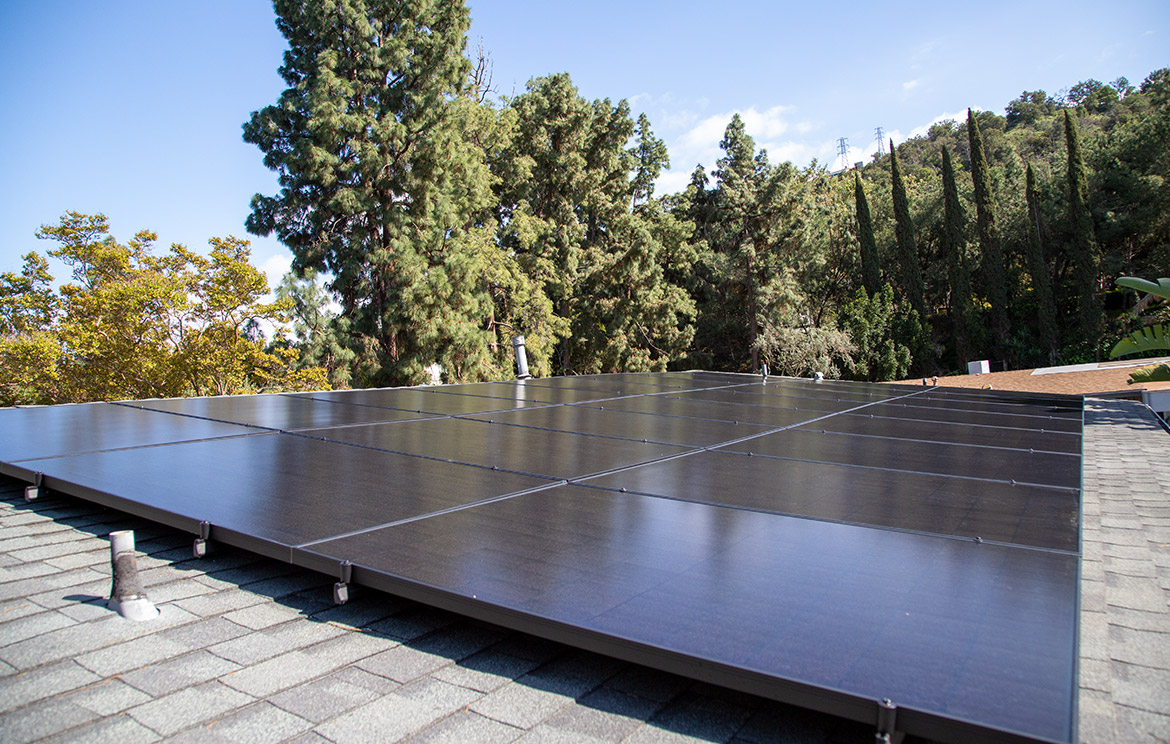




The first thought you may have is, ‘Well, my roof is big enough, I’m good to go.’ Sadly, that train of thought is a recipe for disaster. So, what other things should be considered beforehand?
All these questions need to be asked and answered as well as other factors, such as which way your roof predominantly faces, its size, and how many average days of sunshine your area has.
Those above all affect how many panels you need.
ow that you have ensured your home is as energy efficient as possible, you need to decide your home’s solar energy potential.
Several websiteswill help you map your home’s potential. For the most efficient use of a solar system, your roof should face the south. However, there are other caveats to consider that will affect the efficiency of your system.
There is a common misconception for homes in an area with frequent severe and/or cloudy weather that solar energy is unavailable. The truth is, solar energy is most definitely available - but more panels may be needed - or an energy storage system such as a battery storage unit that will store solar power via a rechargeable battery system. This system will automatically turn itself on if there is not enough active solar energy available.
When I first started learning about solar, I automatically assumed the best direction for a roof to face for solar was west, to gather all the high energy rays from noon until dark. However, westerly facing solar roofs provide one major issue - they do not receive near enough energy in the morning hours.
The solution? Southerly facing solar panels. A roof with high exposure to the south will provide the most considerable amount of time with solar absorption on any given *sunny* day. A little trivia: In the southern hemisphere, this is opposite - solar panels go on the north-facing roof.
As with anything, there can be exceptions to the rule. Depending on your reasoning for solar, in rare cases, it may benefit you to have your panels face west. For instance, if trying to avoid peak use charges on grid power, a western exposure may help you more than southern exposure, as your home and panels will be receiving the maximum kilowatt-hour (kWh) during these times (late afternoon - dark). No matter what, the best thing to do is to hire a professional roofing company to handle the installation.
WRAPPING UP
If you are considering solar energy for your home, be sure to bring in a professional to assess your home and discuss with you your needs. Make sure your HOA and county ordinance allows for the installation of solar panels on your roof - before your consultant arrives. Also, it is best for all named title parties to be present during the consultation.
Now that you’ve had your consultation sit back, relax, and enjoy paying pennies on the dollar in comparison to what you once paid for electricity.